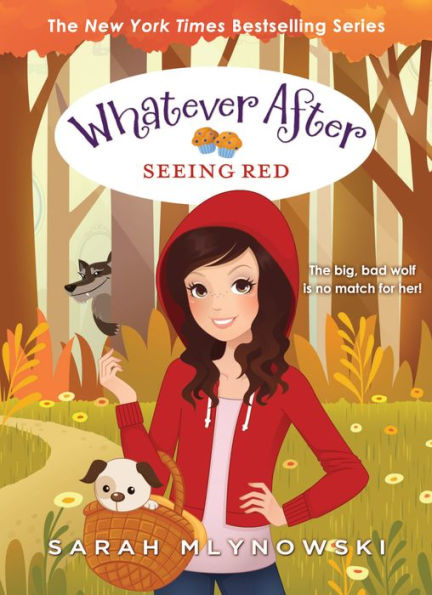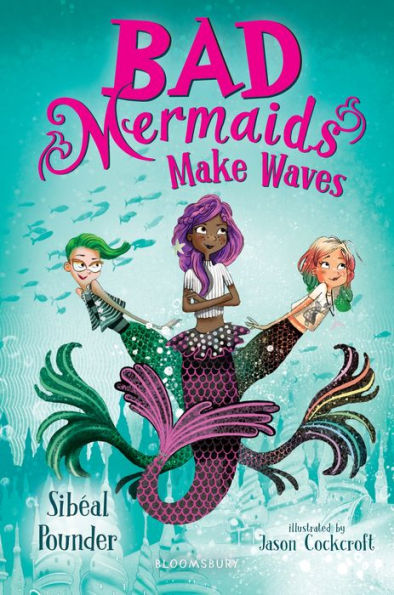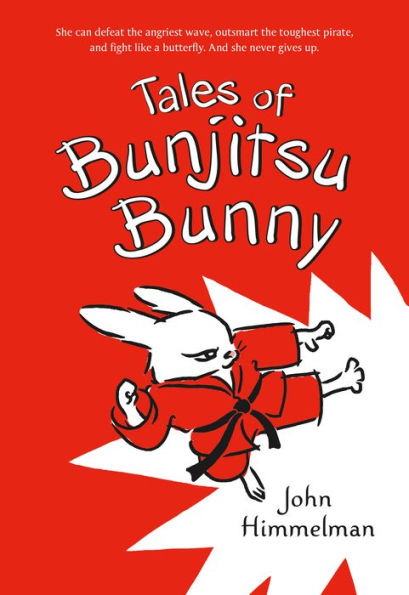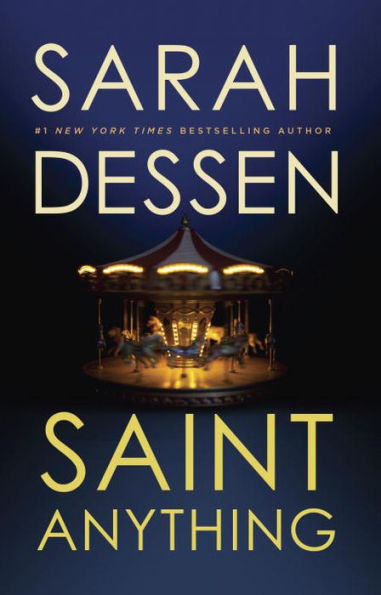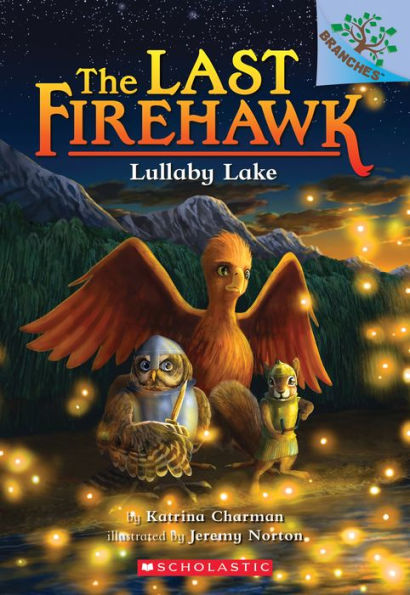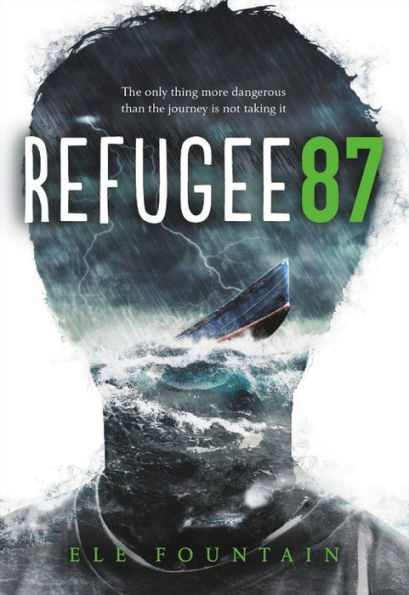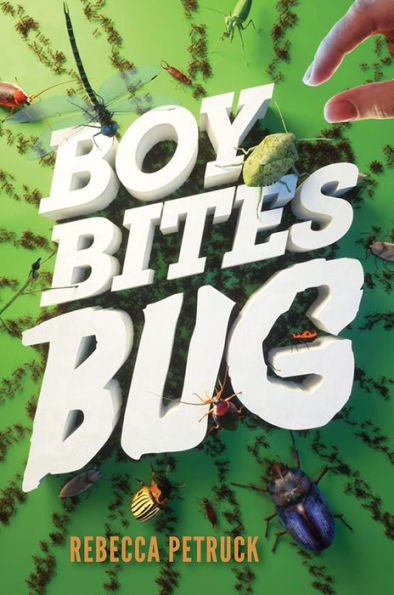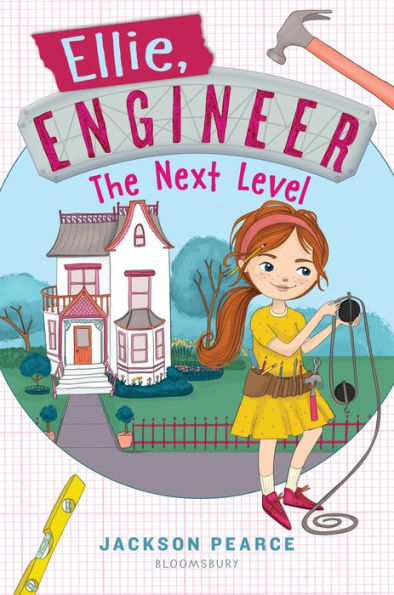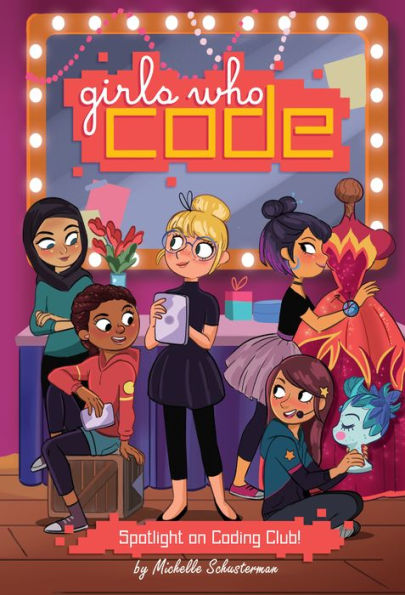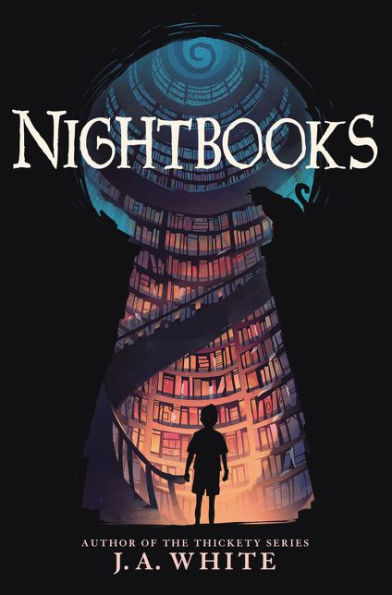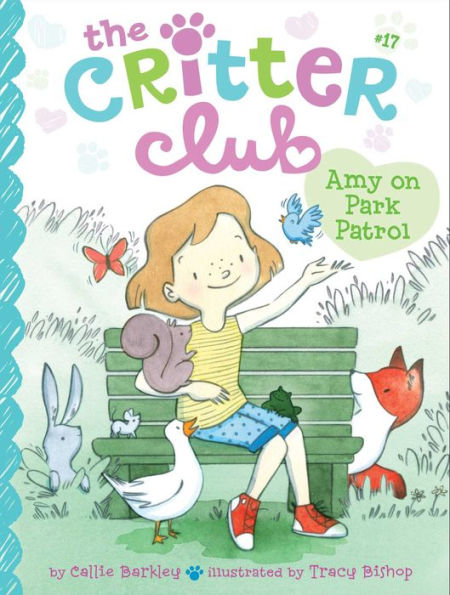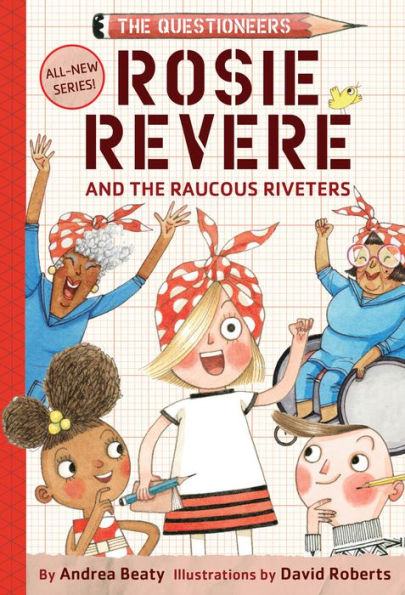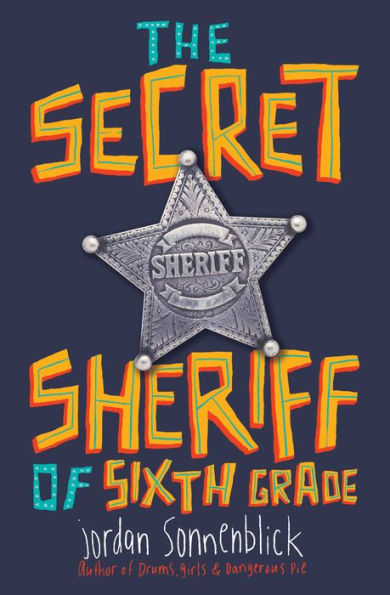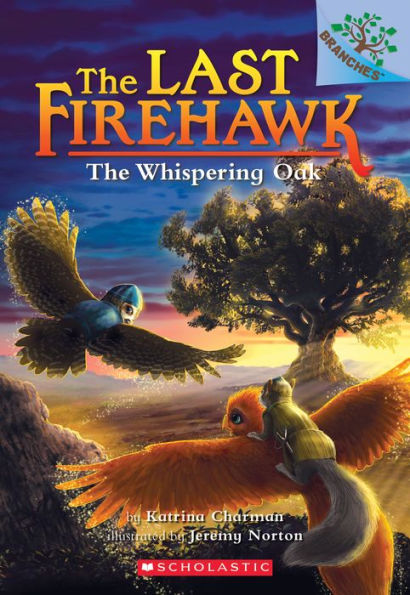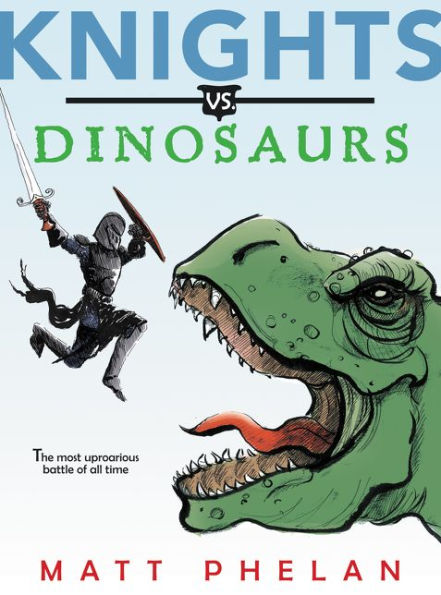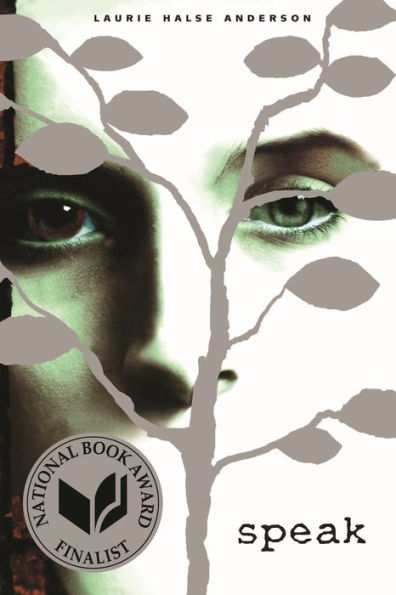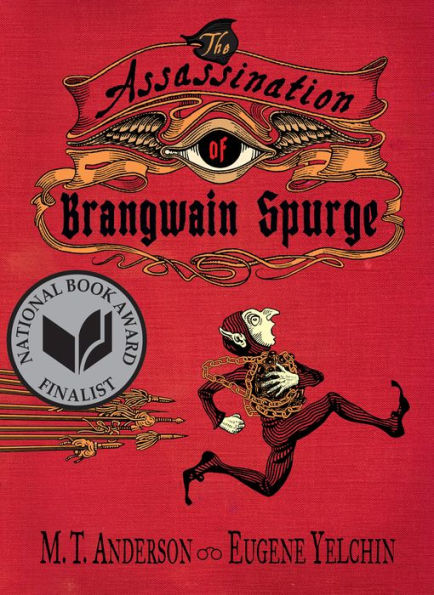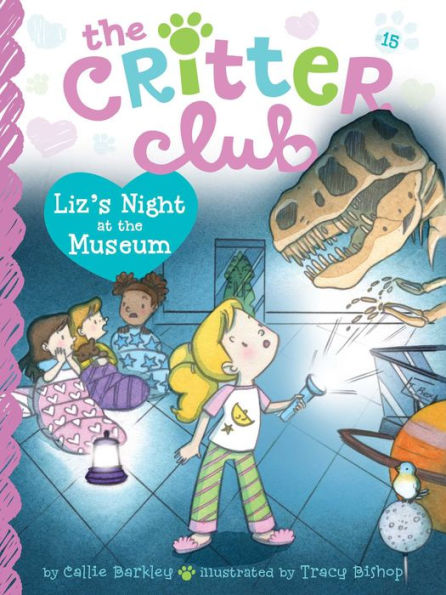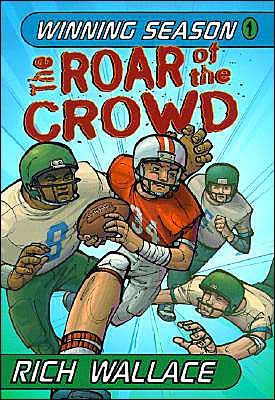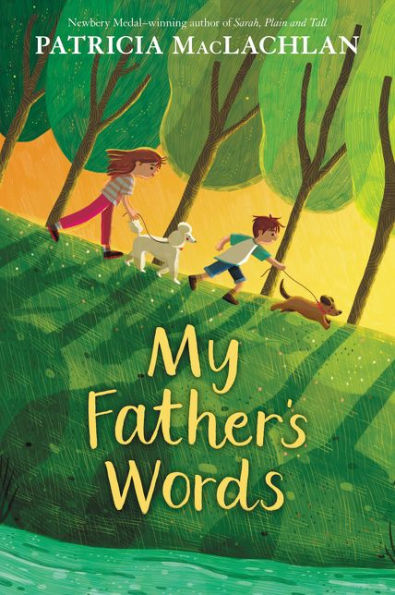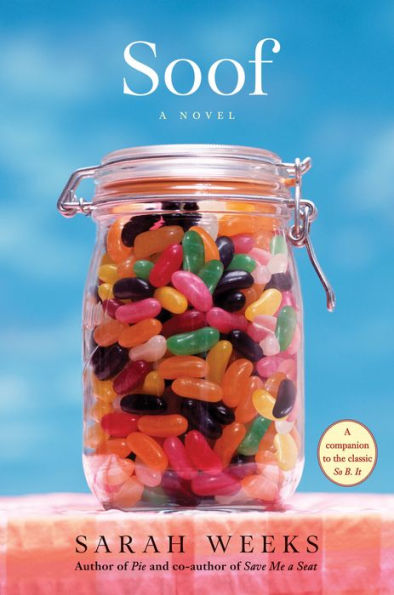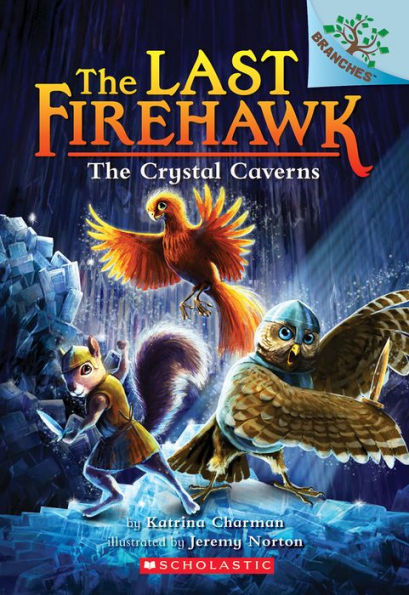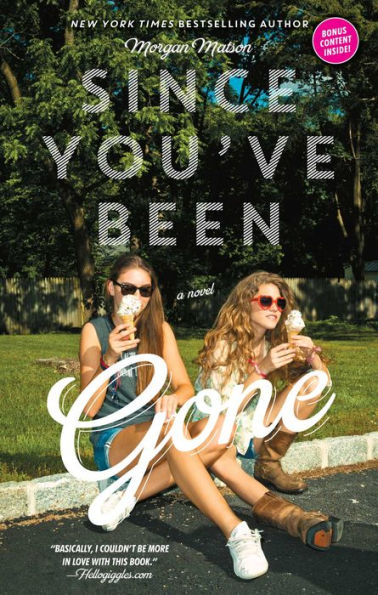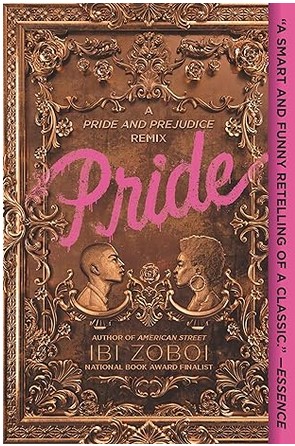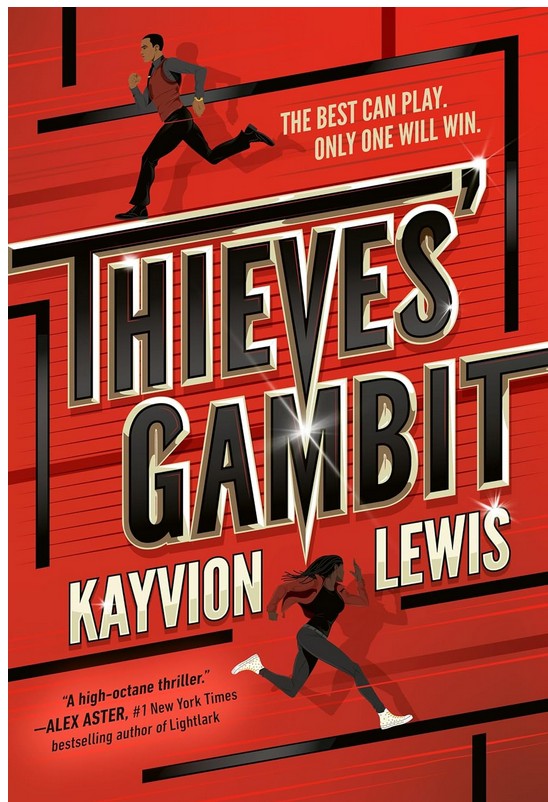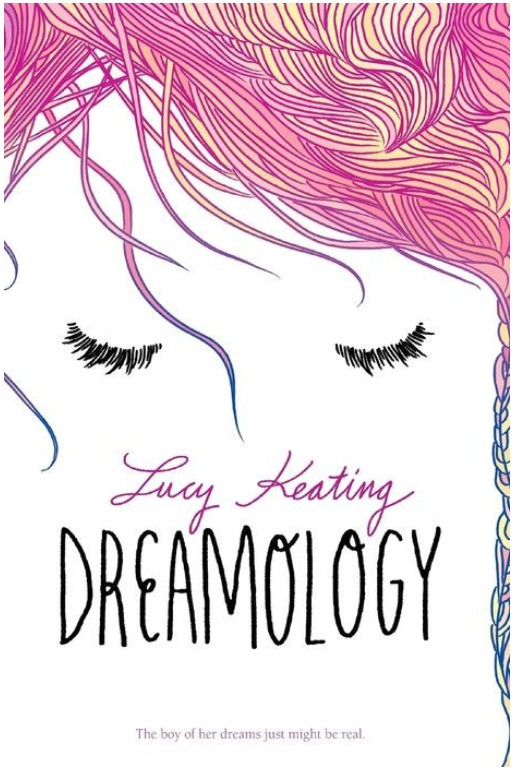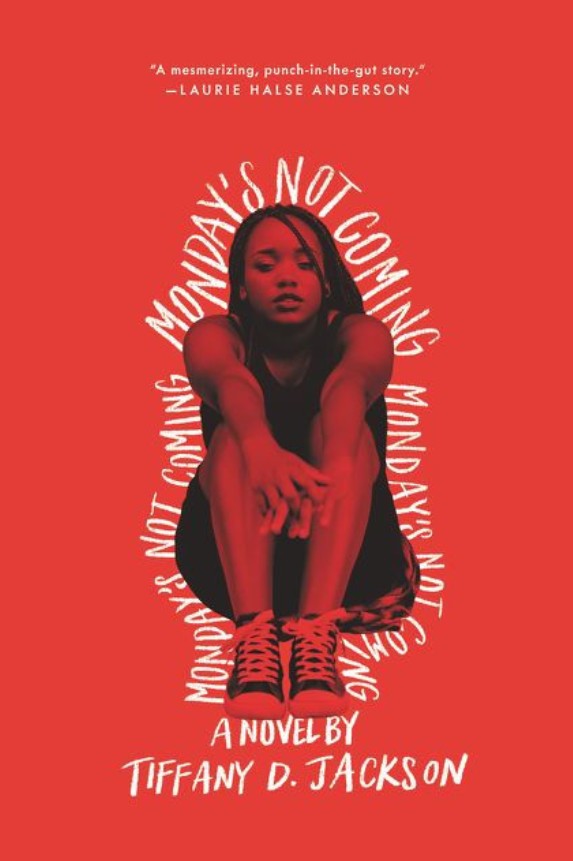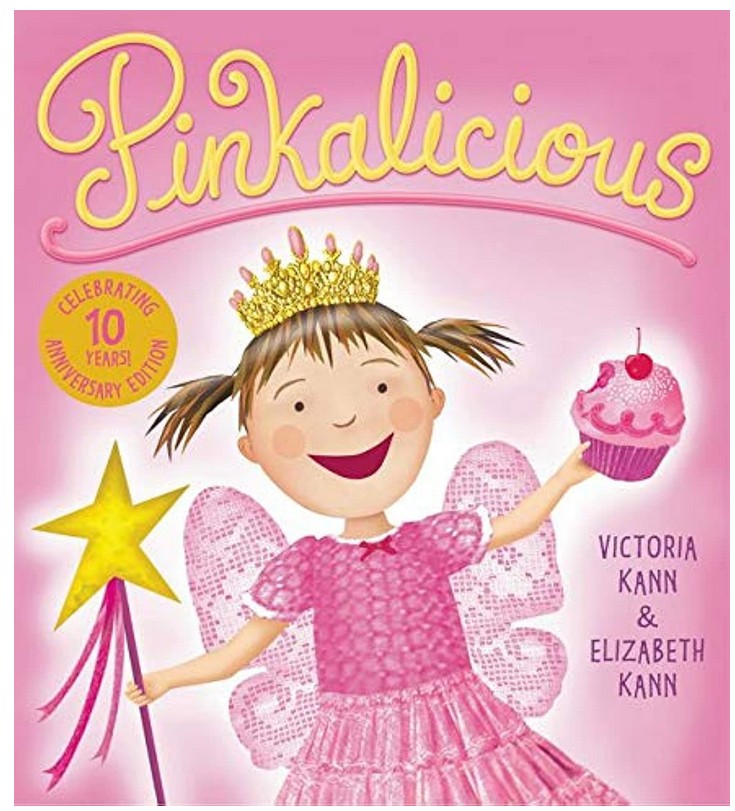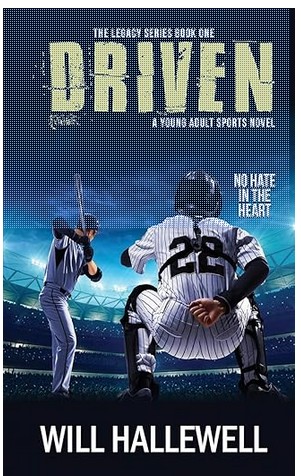Abby wants to go to her friend’s sleepover party. When she asks the secret mirror in her basement to take her to the party, Abby ends up in a fairy tale—Little Red Riding Hood.
Abby and her brother want to warn Little Red Riding Hood about the big bad wolf, but when they get to Little Red’s grandmother’s house, they are met with a big surprise. How will they be able to avoid becoming a wolf snack?
Seeing Red is a fantastic, fun retelling of the Little Red Riding Hood fairy tale. The retelling adds diversity by describing Little Red Riding Hood as having “brown skin, and dark brown bangs that fall into her eyes.” Little Red Riding Hood’s real name is Lali, which means ‘red’ in Hindi.
Both Abby’s grandmother and Lali’s Dadi (grandmother in Hindi) are well-developed characters that diverge from the stereotypical grandmother. Abby’s grandmother is adventurous, while Lali’s Dadi struggles with the need to have others help her. Through Dadi’s words and actions, readers will get a small glimpse into the difficulties associated with growing older.
The introduction of the wolf, Owen, is a delightful surprise. Instead of being a typical villain, Owen becomes a wolf that a person can understand and sympathize with. Owen is “hungry and cold, and my family is mean to me, and the horrible hunter has been chasing me for years.” Owen’s sister and two brothers are important parts of the action. The theme of standing up for family is integrated throughout the story. In the end, Abby realizes “I’m lucky to have been born into such an amazing family—and Owen is lucky to have made his own.”
The woman (and girls) in the story are portrayed as caring, capable people. Mona, who helps save the day, is a policewoman, a firewoman, and a doctor. Although she appears for only a short time, the reader will come away feeling as if girls can do anything.
Although Seeing Red is part of the Whatever After series, the story can be enjoyed without reading the previous books. Seeing Red uses short sentences, dialogue, and onomatopoeias to create an easy-to-read, fast-paced story that will engage readers. The story contains many unique twists compared to the original story, which adds interest. The characters are never stale, but have interesting personalities that come to life. The story contains humor, heart, and teaches about the importance of standing up for yourself, as well as your family.
Sexual Content
- Jonah has his first crush. He thinks Lali is “so sweet.” When Jonah and Lali meet, Abby thinks, “Is Jonah blushing? Yes! His cheeks are pink. I can practically see cartoon hearts shooting out of his scrawny chest as he sneaks another peek at Lali.”
Violence
- When Jonah goes through the portal, he accidentally lands on the huntsman’s head, knocking him out.
- The huntsman strikes a wolf named Owen with an arrow, which puts Owen to sleep. The huntsman says, “It will be easier to kill him back at my treehouse. With the sun setting through the windows, it’s the perfect way to spend an evening. Murder at sunset! It’s the best.” The huntsman “throws a limp Owen over his shoulder and heads for the door.”
- In order to help Owen, Lali’s grandmother, “throws her cane up, up, up at the door. And somehow it hits the hunter square in the head. He falls backward into his house. Plunk!”
- A wolf pack surrounds a group of people and threatens to eat them.
Drugs and Alcohol
- The huntsman’s arrow had a sleeping medicine, which makes Owen “wobbly from the effects.”
Language
- One of the wolves calls her brothers “fools” and “idiots.”
- Abby thinks the huntsman is a “jerk.”
Supernatural
- Abby and Jonah have a “magic mirror in our basement. When we knock on it three times at midnight, it pulls us inside and whisks us into a fairy tale.” Maryrose is a fairy who’s “trapped inside our mirror. She’s the one who takes me and Jonah into different fairy tales.”
- When Abby, Jonah, and Nana enter the portal to return home, “It’s like we’re on a Tilt-A-Whirl.”
- Abby and Jonah discover that “going into stories runs in our family!”
Spiritual Content
- None
